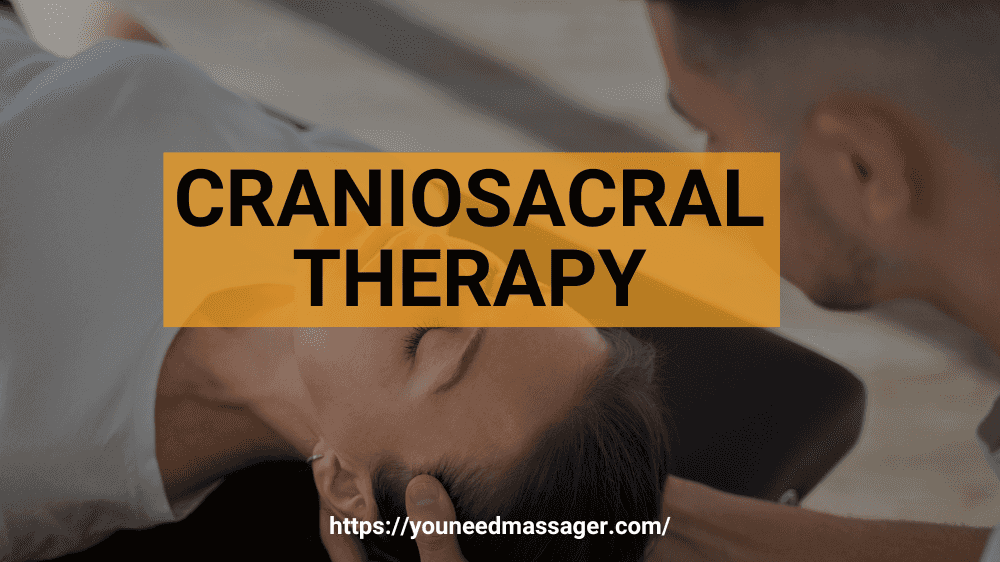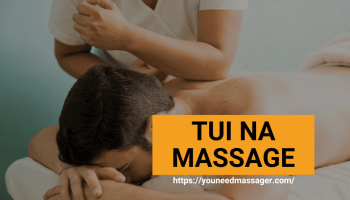Craniosacral Therapy: History, Benefits, Conclusion and FAQs

Craniosacral Therapy, or CST for short, is like a secret handshake between your body and a therapist to help you feel better. Imagine your body is a big, complex puzzle, and sometimes the pieces get a bit jumbled up. CST is a way to help put those pieces back in the right place, but instead of using their hands to push and prod, the therapist uses very gentle touches.
Table of Contents
What Is Craniosacral Therapy?
Craniosacral Therapy is a special kind of massage that focuses on your head (cranium) and the lower part of your back (sacrum). But it’s not like any massage you’ve seen before. The therapist uses super light touches, almost like they’re barely touching you. They believe this can help with the flow of cerebrospinal fluid, a special fluid that bathes your brain and spinal cord.
History of Craniosacral Therapy
Many years ago, in the early 1900s, a smart doctor named William Sutherland discovered something interesting about the bones in our skull. He thought they could move a tiny bit and that this movement was super important for our health. Fast forward to the 1970s, and another clever person, John Upledger, took Dr. Sutherland’s ideas and developed them into what we now know as Craniosacral Therapy.
Types of Craniosacral Therapy
Even though it might sound like there’s only one kind of CST, therapists can actually use different techniques depending on what someone needs help with. Some might focus more on the head, others on the back, and some might work on the whole body. The key is they’re all about gentle touches.
Benefits and Advantages
So, why do people go for this type of therapy? Many say it helps them feel more relaxed and less stressed. Others go because they have headaches, neck pain, or other aches that won’t go away. Some even find it helps with things like sleeping better or feeling less sad.
The big advantage of CST is that it’s super gentle. It’s like having a quiet, peaceful conversation with your body, asking it to fix itself. Because it’s so gentle, it’s a good choice for people who might be scared of more pushy types of massage or who are very sensitive.
Disadvantages
But, like everything in life, CST isn’t perfect. Since it’s so gentle, some people might not feel a big difference right away. And, because it’s a bit unusual, not everyone believes it works. It’s also important to remember that it’s not a magic cure-all. If you have serious health issues, it’s always best to talk to a doctor too.
Pros and Cons
Pros:
- Super gentle and non-invasive.
- Can help with relaxation and stress.
- Good for a wide range of ages and sensitivities.
Cons:
- Might not work for everyone.
- Effects can be subtle and take time.
- Not a substitute for medical treatment for serious conditions.
FAQs
Q1). Does it hurt?
No, it’s all about gentle touches. You might feel relaxed or even fall asleep!
Q2). How long does a session last?
Usually between 50 minutes to an hour.
Q3). Can kids do CST?
Yes! It’s gentle enough for people of all ages.
Q4). How many sessions do I need?
It varies. Some people feel great after just one session, while others might go regularly to keep feeling good.
Q5). Is it the same as a regular massage?
No, it’s much gentler and focuses on the flow of cerebrospinal fluid, not just on the muscles.






